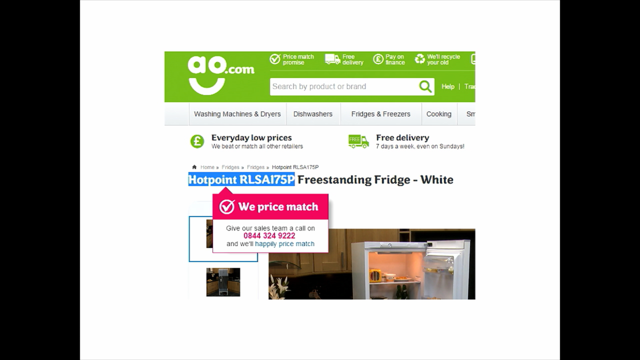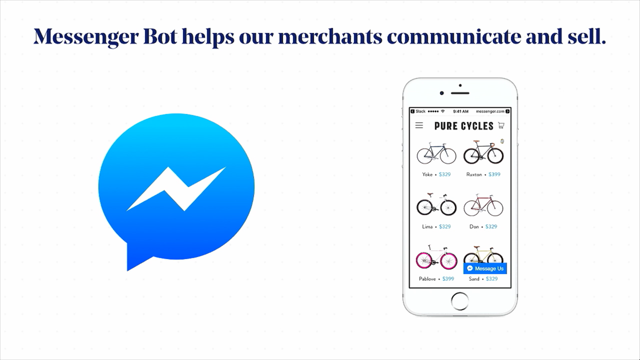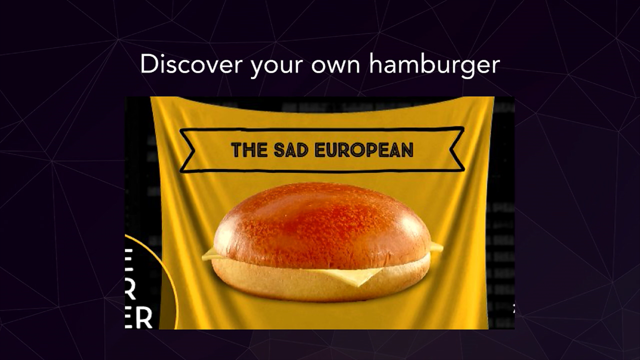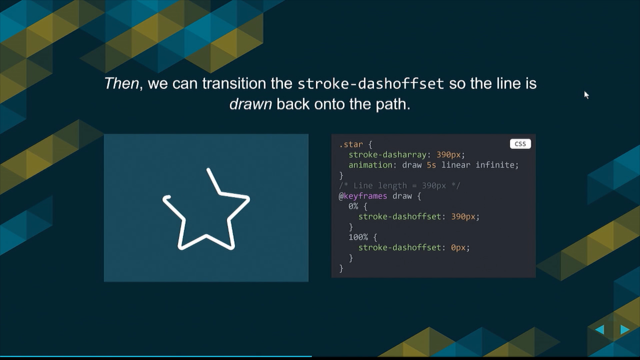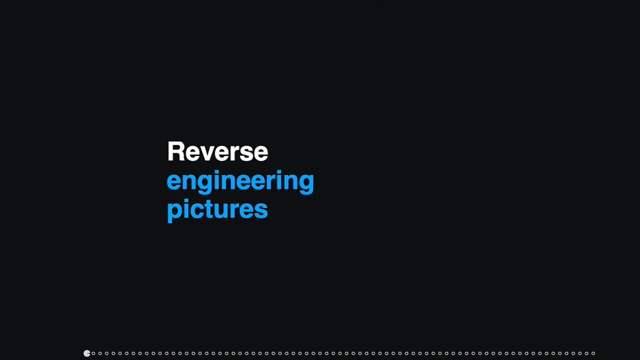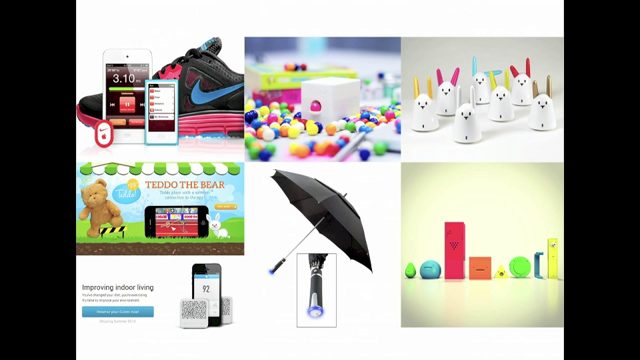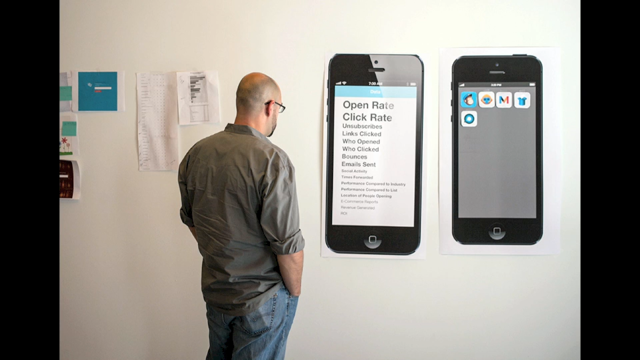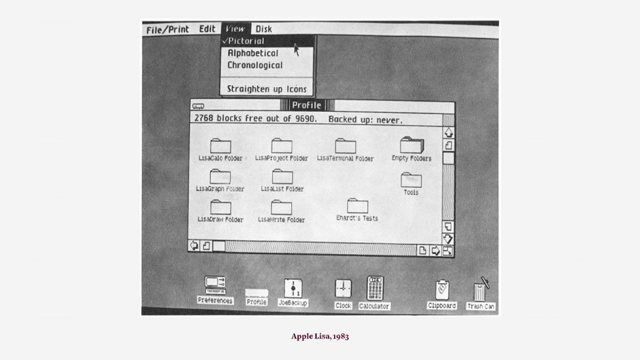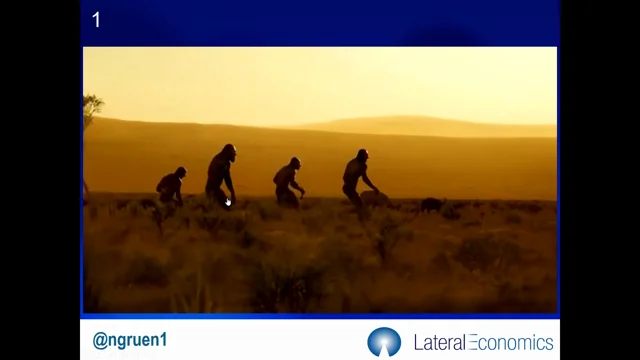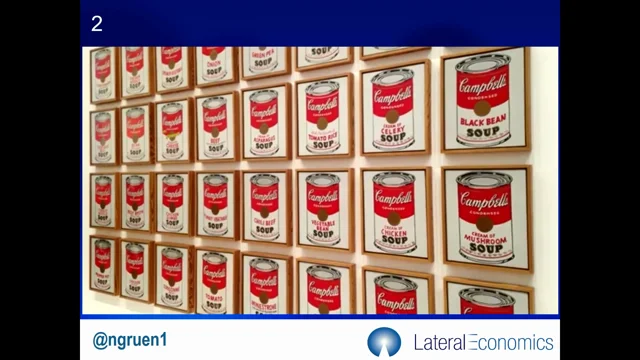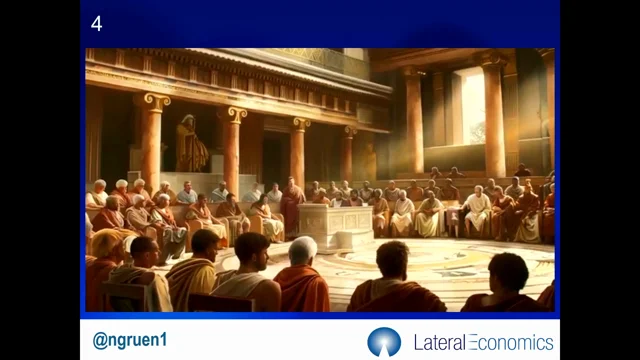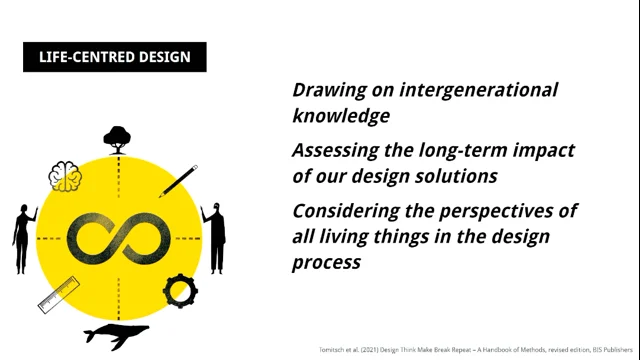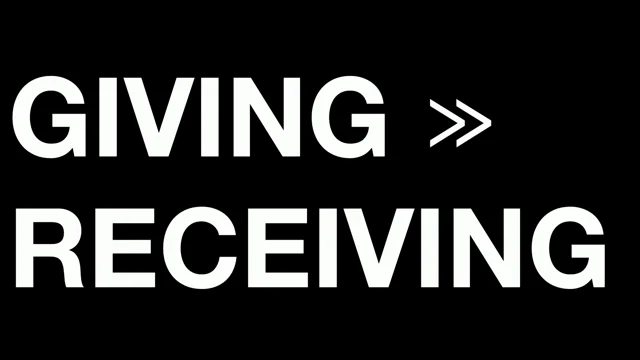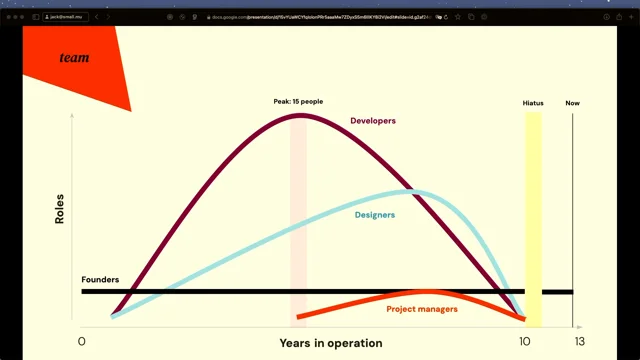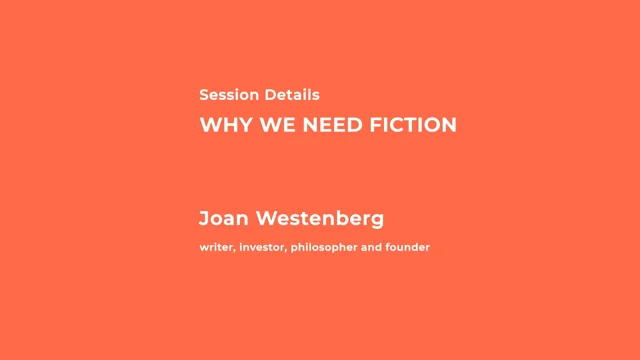Nudges, behaviour change and complex systems
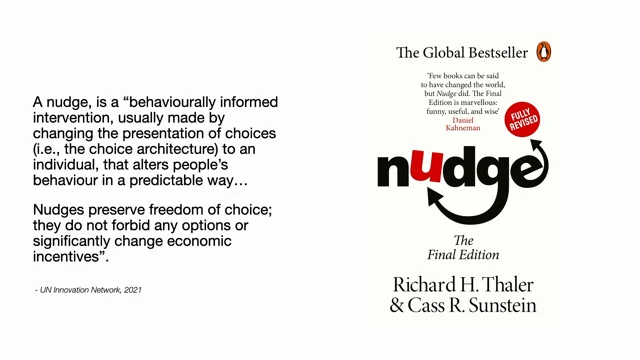
The Evolution of Nudges in Behavioral Economics
Mary Nolan introduces the session by discussing the rise and current scrutiny of nudges within behavioral economics. She provides a historical overview, tracing the concept from Herbert Simon's bounded rationality to the influential work of Richard Thaler and Cass Sunstein. Nolan highlights the pivotal role of the 2008 book "Nudge" in popularizing these interventions, especially during economic downturns, and notes the establishment of behavioral insights units in government. This segment sets the stage for exploring the effectiveness and criticisms of nudges in addressing complex issues like climate change.
Understanding Nudges and Their Applications
Mary Nolan delves into the mechanics of nudges, explaining them as behaviorally informed interventions that alter choice architecture without restricting freedom. She provides examples such as the piano stairs in Stockholm and social norm-based energy consumption reductions. Nolan emphasizes that while nudges often yield small to medium gains, they require minimal investment, making them appealing in resource-constrained environments. This segment underscores the widespread adoption of nudges in both public policy and corporate sectors, despite their modest effect sizes.
Criticisms and Limitations of Nudges
Mary Nolan addresses the criticisms faced by nudges, particularly in 2022, questioning their effectiveness. She discusses a study comparing academic and industry results, revealing smaller effect sizes in practical applications. Nolan attributes this discrepancy to factors like publication bias and budget constraints in real-world trials. Despite these challenges, she argues that nudges still offer good value relative to cost, though their impact may be overstated. This segment highlights the ongoing debate about the efficacy of behavioral interventions.
Integrating Behavioral and Systems Approaches
Mary Nolan explores the debate between focusing on individual behavior (I-frame) versus systemic factors (S-frame) in behavioral science. She argues for a complementary approach, where individual and systemic interventions work together to address complex issues. Nolan suggests that no single tool or discipline can solve large-scale problems and emphasizes the need for interdisciplinary collaboration. This segment introduces the idea of integrating behavioral insights with systems thinking to enhance the effectiveness of interventions.
Incorporating Systems Analysis into Behavioral Science
Mary Nolan discusses the growing interest in merging behavioral science with systems analysis to tackle complex challenges. She mentions initiatives like bessie.org, which facilitate collaboration between academia and industry. Nolan highlights the contributions of behavioral science, such as evidence-based research and mental models, and contrasts them with systems analysis tools like agent-based models and social network analysis. This segment underscores the potential for cross-disciplinary approaches to enhance problem-solving capabilities.
Expanding the Behavioral Science Toolkit
Mary Nolan presents examples of how behavioral science can broaden its focus to include choice infrastructure, citing Ruth Schmidt's work and the COM-B framework. She discusses the importance of understanding the organizational and institutional conditions that influence behavior. Nolan also introduces behavioral systems mapping as a tool for visualizing complex interactions in policy implementation. She concludes by advocating for a diverse array of tools and interdisciplinary collaboration to effectively address complex issues, inviting further discussion and engagement with the audience.
Good morning everyone.
So today I'm going to talk about what's a current hot topic in behavioral economics and behavioral science.
So it's a field that had its moment in the sun and was the wonder child, but then like any movement or anything like that.
It then goes through a phase where it cops a lot of criticism, which is the phase we're in at the moment.
So I'm going to talk today about nudges, behavior change, and complex systems.
So I'm going to go through a bit of background about where the concept of nudges came from, how they're used for behavior change, but whether they're also, whether they actually work, whether they're fit for purpose, when we're dealing with bigger problems, like for example, something as big as climate change.
So first, a bit of background.
So this is a very shortened, a very selective timeline of how we got from neoclassical economics to the concept of a nudge.
So the first challenge to the whole idea that humans are perfectly rational was Herbert Simon back in 1957 who had the concept of bounded rationality.
We're rational beings, but our rationality is limited by our cognitive ability, our time, and environmental constraints.
So it generated a bit of buzz, but it took until the late seventies till he won a Nobel for it.
Then the next big movement was in the 1970s.
Again, a great decade.
I was born there.
So it's obviously an awesome decade with the Kaman KY and their work on the heuristics and biases concept, and in particular their paper in 1979 on Prospect Theory, which is the most cited paper in economics, the core aspect of the heuristic and biases.
Theory is that we don't always act perfectly rationally.
We often use shortcuts to make decisions, and sometimes those shortcuts lead us astray.
And it really took off in academia at that point, from this 1970s onwards, but a pivotal moment where, which led to it really taking off in an outside of academia context, both in government and in PRI Corporate was the publication of the Nudge book by Richard Taylor and Cass Sunstein in 2008.
So it is quite a good time to be publishing a book about interventions that are all about doing more with less 'cause we were just heading into the GFC at that point in time.
So the Obama administration, actually asked ca Sunstein to come on board and being an advisor in the government.
And in 2010, David Cameron set up the world's first Behavioral Insights unit in down street, colloquially known as the no unit.
So what exactly is a nudge?
It's a category of interventions that are very strongly associated with behavioral economics, often when you say you're studying the field, people go oh, nudges as if that's all it is about.
So a nudge is, I guess the first point that's important is a behaviorally informed intervention.
And the way it's implemented is by changing the presentation of choices, which is something we call choice architecture to an individual.
And then the other important aspect is that it alters their behavior in a predictable way.
If they preserve freedom of choice, they're not mandates, they don't forbid any options, and they don't significantly change economic incentives.
So these are examples of things that we could describe as nudges.
So we have the famous piano stair example from Stockholm where we reframed the stairs as being the fun option rather than the laborious option as you go up the stairs, they make a sound and it increased the number of people using the stairs versus the escalator.
Then on the right top we have the O Power, which is another famous study, use its social norms to reduce energy consumption in households in the US and that's been adopted pretty widely.
Like in Australia.
You'll often see that on your electricity bill.
One thing to note with that study is while the social norms worked overall to reduce energy consumptions telling people they consume less than their neighbors actually increased consumption for just that narrow group.
So it's something to always be aware of when you're implementing any kind of nudge.
And then the one on the bottom, the right is another popular technique known as planning prompts or implementation intentions.
This is work done by Katie Milkman, trying to increase vaccination rates for the flu vaccine.
So this was the intervention here, but the control was just a standard card telling people there's free flu shots available these dates this time.
This intervention was sent as a card where they asked people to very specifically plan a date and time when they were going to get the flu shot.
And there was a small but statistically significant uplift in people who saw this intervention getting flu vaccine.
So I guess they don't always have huge effect sizes, but as Kaman said, that they yield small, I would say small to medium sized gains, but by nano size investments.
And that when you're trying to get buy-in for a project is always very popular the idea of as we're in this era again of doing more with less.
In terms of how popular it became since that first nod unit set up in 2010, this is now the landscape of organizations involved in behavioral public policy around the world.
And that is just the behavioral public policy side, there are also many units within corporates, particularly in financial services such as in Australia, very well known one would be the team at CBA.
So very popular, but anything popular then comes in for a large amount of criticism.
And 2022 was pretty much the year of having a go with the nudge and in fact, the whole field of behavioral insights, behavioral science.
Even yesterday I was at a meetup and it was like 2024 is behavioral science dead?
So it's still a very much a topic of debate.
The first of these criticisms in early 2022 was a paper looking do nudges actually work at all?
Is it not that they have a small effect, but they may not work?
So what these researchers did was they took data on 126 randomized control trials run in the field in the US.
It covered a population of 23 million people run by the two largest nudge units within the US.
They took the results of that and then compared it to results from academic papers.
So they, there was two recent meta analysis they used the base for that.
And what they found was that, academic paper size, the effect size was, 8.4 percentage point uplift.
But when you translate it to industry, however, it's much smaller it's about 1.4.
There are a number of reasons they positive for this one would be publication bias in the file drawer problem.
If your trial doesn't work particularly, you might just bury it in the file drawer rather than publishing paper.
And also, Hot off the press from yesterday's meetup.
Michael Holsworth from the Behavioral Insights team said that when they provided the data to the researchers, they didn't cherry pick.
So they provided the warts and all.
This is our entire universe of trials we've run, and it included somewhere there were severely budget constrained, which limits the options.
You're often limited to less effective nudges, such as education and comms pieces.
So what I would say with this is, yes.
We're unlikely to see the results in practice that we may have seen in famous papers, but there's still an effect and it still normally delivers good value relative to the cost.
So valid, but slightly overstated.
And then this next one, which is later in the year 2022, also has generated a massive amount of discussion even to today, dealing with, This whole idea that behavioral science as a field over focuses on the, I frame on the individual, their thoughts and their behaviors versus having a stronger focus on the S frame.
So it's the systems of rules, norms, and institutions.
And that's typically where economists, sociologists, and political scientists operate.
And their argument is that, the focus.
On iframe leads us to neglect S frames, but even worse that it could potentially lead to crowding out s from interventions.
And because the iframe interventions are typically less effective, we're not really making any meaningful change on big issues of our day.
And I think so even Taylor himself does acknowledge that there are limitations to nudging.
With any big problem nudges they, they're part of a solution for sure, potentially, but it's never going to be the solution to any problem.
And that idea of it being part of a solution means that maybe having it as an iframe versus.
S frame is a false dichotomy.
That framing of them as substitutes, when in fact they're complement and very much interrelated.
Systems and institutions are met up of individuals.
Individuals behavior is heavily influenced by the social and in institutional and physical context in which they are.
And also on the structural level change, it's not always a case of if you build it, they will come.
There's also human behavior and individual behavior can dampen or amplify the implementation of structural level change.
So if working with these two frames together is a better approach, how do we actually go about it?
Because I think a clear message is no one tool and no one discipline has all the answers.
If we're tackling an anything complex, we need to adopt it.
Work with people from other disciplines, and also though look at our own tool set and go, is it too narrow?
And is it holding us back?
Do we need to borrow from other disciplines?
So what's next for the field and for how we tackle some of these big problems?
There is, growing interest in the behavioral science community on incorporating tools from systems analysis similar to how this discussions are happening in the design community.
So there's a community group called bessie.Org and they run, they have a special interest group on this very topic where they run monthly sessions bringing together people from academia and people from industry largely to the state government and NGOs to share what they've learned in terms of research, but also practical projects they've run.
And I guess, what does the behavioral science part bring to the table?
It's like a solid body of evidence built up over the last 50 years.
Some tools for research, particularly randomized control trials, but we do, I would say, overfocus on those various applied tools such as behavioral mapping, and we also have various mental models of decisions and behavior.
What the systems analysis side brings to us is things like systems thinking, systems dynamics, agent based models, social network analysis and complexity theory, and people that are doing some interesting stuff in this space.
There's Ruth Schmidt from the Illinois Institute of Design who brings together strategic design systems thinking and What's the last and behavioral science together in her work?
There is also bus, which is an NGO that does a lot of work in, mostly in Africa and then UCL Center for Behavior Change, which is very influential in the field of behavior change, particularly in health and locally behavior works Australia has incorporated started to incorporate a lot of these approaches into the work they do, particularly in two recent projects on sustainability and on cybersecurity.
So this is an example from Ruth Schmidt.
What she proposes is that we widen our focus from just focusing on the choice architecture at the individual decision maker and broaden it to choice infrastructure, the organizational institutional conditions that surround it.
For example, all the nudging in the world gets someone to recycle, doesn't work if there's no recycling facilities.
So it's not taking that too narrow view and implementing things that are going to go nowhere.
And when I looked at this work, it reminded me a lot of a tool and framework that's quite commonly used in practice today, which is come be in the behavior change wheel.
So that again, came out of Susan Mickey and a team at UCL Center for Behavior Change.
And it does incorporate a lot of that choice infrastructure into the way you approach things.
So at the very center of the wheel are the determinants behavior, which are capability, opportunity, and motivation.
And it includes aspects beyond the cognitive.
In terms of analyzing both the, barriers and enablers surrounding layer around it are categories of intervention that can address those barriers and enablers in the middle.
And then the gray outer wheel has, the policy areas required to facilitate and enable those intervention functions.
I've used it in a project and found it useful.
Even if you don't have budget to do a big intervention, it helps you go through and identify barriers.
You're not spending the small budget you had in an area that's not going to deliver much in terms of results.
The other thing it's very useful for is having a standard language for categorizing things 'cause I found when going through the literature, people describe the same thing very differently, and they're extending this into a bigger project called the Human Behavior Change Project, which is trying to establish a co common vocabulary for both barriers and drivers interventions, context and the mechanism of action, which is something that's missing a lot that we tend to just have.
This is a result of a trial and it worked as opposed to really focusing in on the mechanism by which it worked.
And then more from the guys at UCL, so the center of behavior change of also Came up with this new idea of behavioral as systems mapping.
So it's taking tools from that systems analysis world, such as actor mapping and causality mapping, but adding in a behavioral layer.
So we look at actors and their behaviors, the influences on behavior, and then map the relationship between the causal relationship, usually between the influence behavior and the behavior observed.
It's something that can get very complex very quickly, though.
This is an example of one, which is for decarbonization of properties in Wales that are owned by private landlords, and there's a lot going on there.
So while I find this really interesting, I haven't yet figured out a way to incorporate it into my work, but it's something I'm very interested in exploring.
If anyone has to have a chat, would be amazing.
And I guess, to sum up all of this is nudges or any tool, there's no silver bullet, we need an array of tools to tackle anything complex, and it's also, we shouldn't be solid and think our discipline is the only one that has to do all the work.
It's also about collaborating effectively with people from other disciplines, and that's something I've always liked about the Web Directions conferences, that it brings all those people from different disciplines together and breaks down those silos.
And if anyone would like to chat further, I'm around all day for coffee and chats or on online, on Blue Sky or LinkedIn.
Thank you.
Since the release of Thaler and Sunstein’s famous Nudge book in 2008, the popularity of nudge theory has skyrocketed, with over 200 Nudge units now operating worldwide. The appeal is clear: small, low-cost interventions yielding measurable effects on large populations. But have we leaned too heavily on these individual-level strategies? Critics argue that while nudges are effective, they often neglect the bigger picture—overlooking the systemic factors driving human behaviour.
In this talk, we’ll explore the potential of tools from systems analysis to bridge the gap between the current practice and the potential of applied behavioural science to develop and implement value-creating systems-level change.
